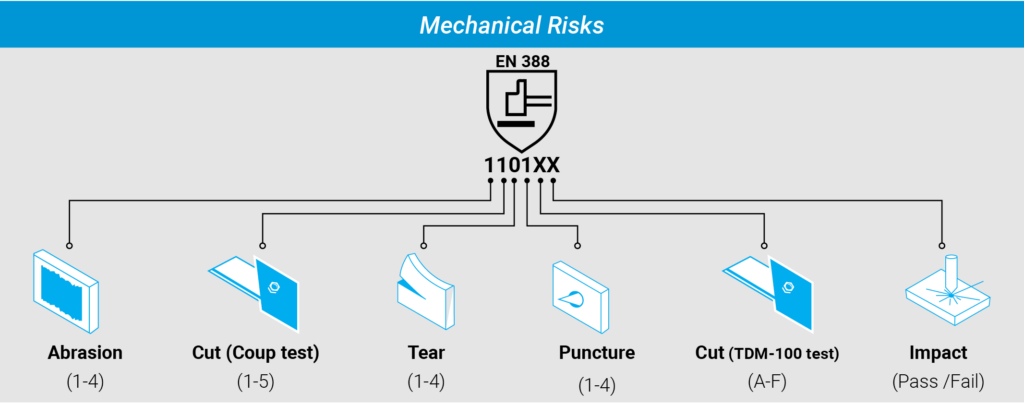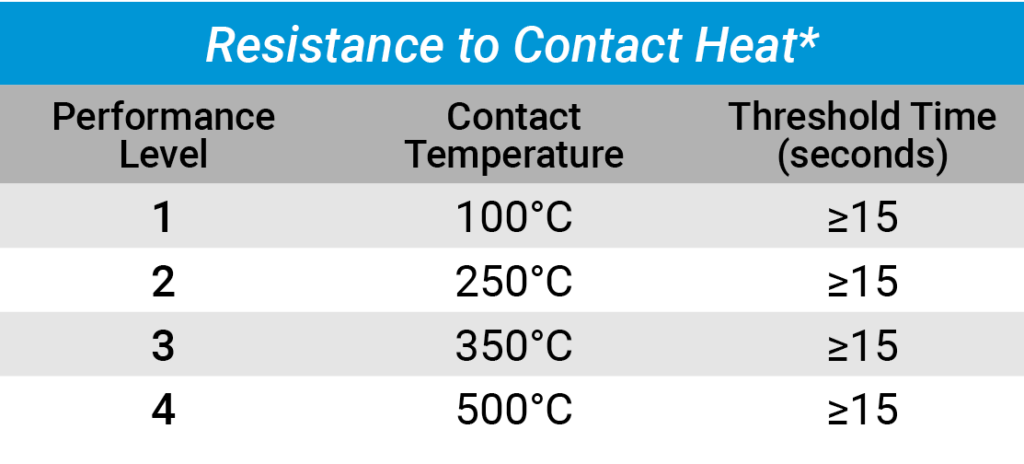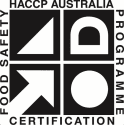Glove standards provide a guide only. It is recommended to check your gloves are suitable for the intended use. For specialised applications contact your trusted glove provider.
A Cut Rated or Cut Resistant Glove is a Glove that meets at least one of two rating standards; The EN388 Standard or the ANSI Standard.
The EN388 Standard is a European Standard used throughout the world. The ANSI Standard is the Standard used in America. Both Standards are measured differently and are used to determine the resistance of a material, such as a glove.
Cut Resistant Gloves are Gloves that are resistant to cuts, punctures, abrasion, tears, and impact. The Cut Rating of a glove determines how resistant to cuts the gloves are. In Australia and New Zealand, we use the AS/NZS 2161 Glove Standards which are replicated from the EN388 Standard.

The higher the number, the stronger the gloves resistance is to that particular hazard. The EN388 Mechanical Standard tests five different hazards, all listed below, with cut resistance now having two different tests (The Coup test & TDM test).

Usage: Gloves are commonly referred to by their cut rating alone. For example, “Cut 3 glove” or “F Cut Glove”.
The cut resistance of a Cut 1 (Cut A) glove is ideal for mechanics and general purposes. Cut 3 (Cut C) is usually referred to as safe for handling sheet metals, whereas Cut 5 (Cut E) resistance is safe for handling glass.
There are many parts to EN374. The most important to look out for is Part 1 and Part 5.
The below symbol will be displayed to depict a gloves chemical resistance.

If the glove is proven effective against a chemical, it is assigned the appropriate letter relating to that chemical.
There are over 15,000 chemicals used industrially and commercially worldwide. 18 test chemicals have been carefully selected to provide the best overview of a glove’s chemical performance.
The table below outlines these test chemicals and their related letter.

If the EN374-1 symbol lists a letter below it, the glove has passed the test for that chemical hazard.
Gloves are then classified as Type A, B, or C, depending on how many chemicals they withstand during testing.

A glove must not have a *permeation breakthrough when immersed for a minimum of 30 minutes in one of the 18 chemicals (listed above) to be awarded the adjacent letter.
*Permeation is defined as the process of a chemical at a molecular level, passing through the glove material.
Some common chemicals such as Unleaded Petrol, Methyl Ethyl Ketone, Xylene and Skydrol are not recognised by this standard. If you are using these chemicals, simply request a chemical data sheet from the manufacturer. It is important that you use the correct glove for the correct application.
Usage: If you are submerging a glove in any chemical or frequently exposing a glove to any chemical you must be sure the glove or glove’s packaging shows the EN374 pictogram symbol with the suitable letter(s) that correspond with the chemical(s) you intend on protecting your hands from.
The below symbol is shown when the glove has passed *penetration testing which tests the gloves for air leaks and water leaks. This is a simple pass or fail test.
*Penetration is defined as chemicals and micro-organisms flowing through the porous material, seams, small holes and/or other small defects in the gloves material.

Flammability, Contact heat, Convective Heat and Radiant Heat are all rated under this standard. As well as Resistance to molten metal, a rating found on welding gloves.

Contact Heat Resistance: A 1 – 4 digit representing the maximum contact temperature the glove can endure for at least 15 seconds without showing signs of melting or holing. To achieve higher than a level 2 for contact heat, the glove must also achieve at least a level 3 for resistance to flammability.

HACCP is a developed system designed to identify and minimise points of failure. HACCP is also used as an international food safety certification for a variety of successful products. If a products shows the HACCP logo it is of best food safety standards.

The Glove Company cares about your needs, that’s why we always ensure our gloves are independently tested, accredited and certified to international standards, that way we know our customers are always protected.
*For more information on any glove standards, please reach out to The Glove Company.